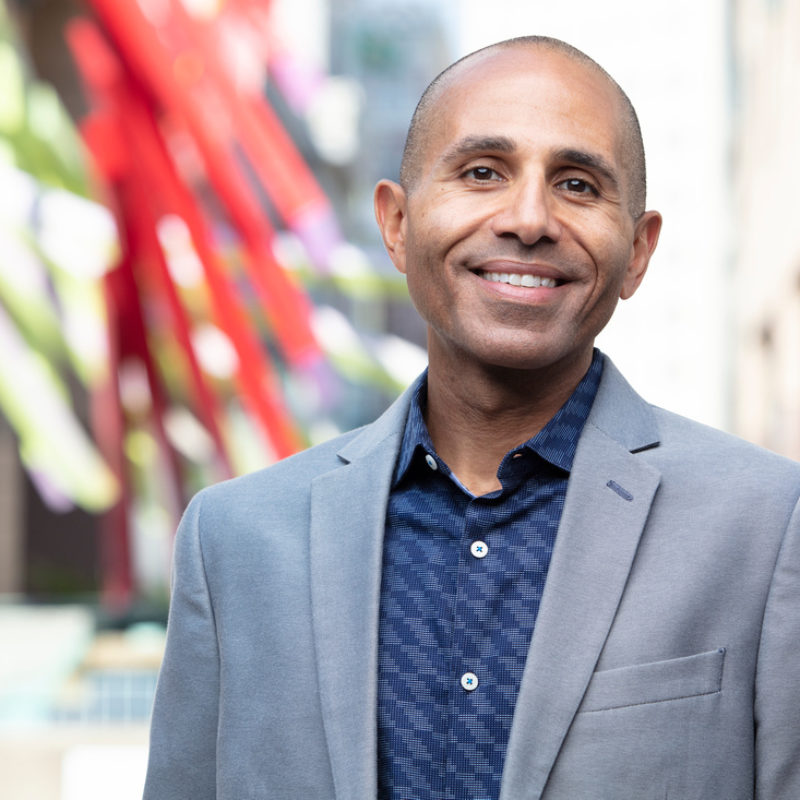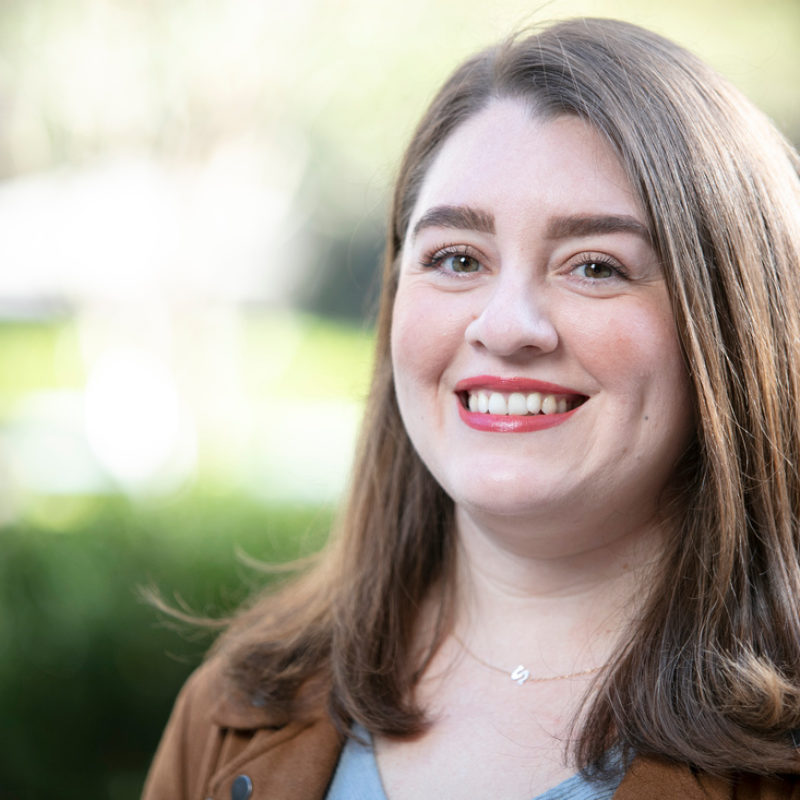Why We Support Efforts to Reform Philanthropy
By Richard Tate and Stephanie Gomez
The devastating economic impact of the COVID-19 pandemic has resulted in millions of people across the country struggling to pay for their basic needs. Meanwhile, private foundations have grown wealthier. Cal Wellness’ own endowment stands at $1.16 billion, an increase of 15% from pre-pandemic levels.
Given the scale of compounded crises confronting our state and nation, we refuse to accept the status quo of institutions like ours getting richer while communities are suffering. Like many foundation colleagues, we at Cal Wellness have increased our giving during the pandemic and simplified our grantmaking processes to address the current crises. But bold, fundamental shifts across our sector are needed for philanthropy to truly help communities to thrive.
Reforming Our Ways
That’s why Cal Wellness is exploring how we and our private foundation peers can lead the way in reforming our sector. Changes we have made to increase our giving include:
- Setting a payout policy that provides us with the flexibility to go beyond the 5% minimum in our annual giving.
- Investing our endowment in alignment with our mission for positive social impact and healthy returns.
Before we go further, a little background and context for folks unfamiliar with laws governing philanthropy might be helpful:
Currently, a private foundation is legally required to give 5% annually of its investment assets as grants, program-related investments, or to cover operating expenses in order to receive tax benefits as a nonprofit organization. But this thinking does not factor in the immediate needs of communities, which is the purpose of philanthropy.
So, in 2019, after a series of learning sessions with peer foundations and financial advisors, our board of directors approved an annual payout policy that considers current community need and strategic opportunities in addition to our assets and tax history. Our new policy set a minimum payout of 5% and allows for distributions above 6% when there are unique opportunities for impact or during times of critical need. As a result, we have given at or above 6% over the last two years, and in 2021 we gave $52 million total in grants and program-related investments, up from $34.5 million in 2019. Our projected payout for 2022 is close to 7% and this calculation excludes our program-related investments. While we’ve done forecasting that shows that increasing our payout above 5% may erode our corpus, we believe the risk is worth taking.
Still, the majority of our assets remain in our endowment. And so we’re putting those dollars to work for our charitable purpose as well and challenging investment norms for foundation endowments along the way. In 2016 we established a mission-related investment portfolio of $40 million for MRIs, with an additional $10 million for program-related investments. In 2022 we will begin moving our entire endowment into mission-related investments, including up to 5% in program-related investments. We currently screen out tobacco and firearms in our investments, and we favor investment managers that use environmental, social and governance criteria. We’re also learning about the impact of investments on climate change and hope to follow the lead of our colleagues who have taken a proactive stand.
We’re particularly proud of our commitment to invest our money with diverse managers, particularly people of color and women. In 2014, none of our money managers were people of color but now they account for over 45% of the team. Over the next two years, we also aim to establish a shareholder engagement strategy to ensure that our values are aligned with those managing our assets. We will use our shareholder engagement strategy as a tool to raise our voice.
By re-engineering how we steward our endowment, we are ensuring that all our financial resources support our mission and values.
Rallying the Sector
Sector-driven campaigns, such as the Initiative to Accelerate Charitable Giving, which Cal Wellness has endorsed, are promoting tax reforms that could increase and accelerate the flow of resources to community-based organizations. For example, the IACG has proposed suspending the excise tax on investment earnings for years when private foundation payout exceeds 7%. Bipartisan legislation may soon formalize some of the proposals advanced by philanthropic reform coalitions. But current efforts are largely focused on donor-advised funds, and neither reform groups nor proposed legislation are pushing private foundations to increase payout minimums.
When we prioritize resources for our own perpetuity, we shortchange our most vulnerable communities. And those communities need foundation resources now more than ever before. We call upon our private foundation peers to make 5% their payout minimum and to adopt investment strategies for their endowments that advance their missions and reflect their values.
And we invite all our partners in philanthropy to engage with us as we work to challenge the status quo. We know that the changes we have made are only the beginning and we welcome ideas on how we can move the needle even more. Please reach out to [email protected] to get in touch with Richard and Stephanie.


